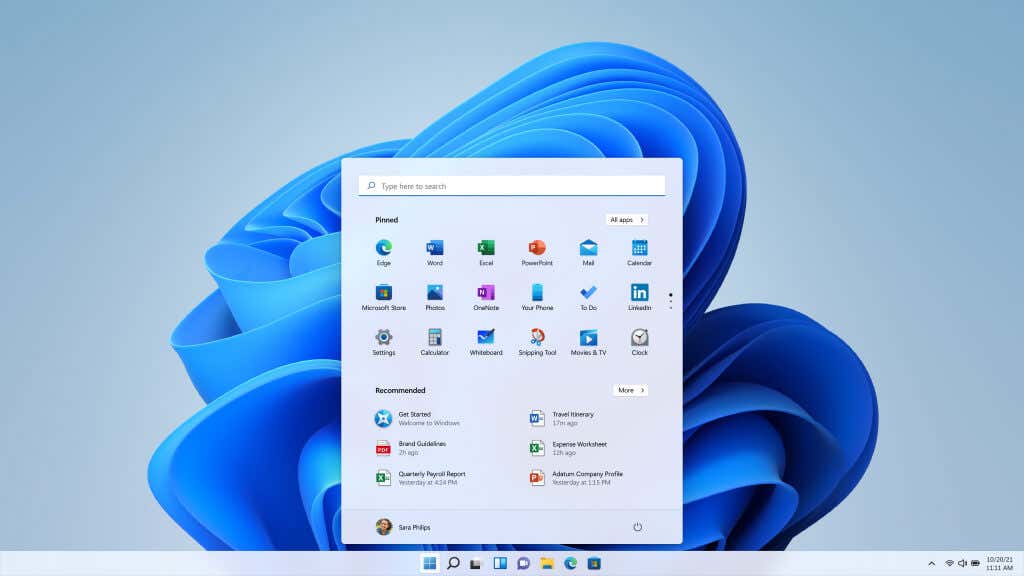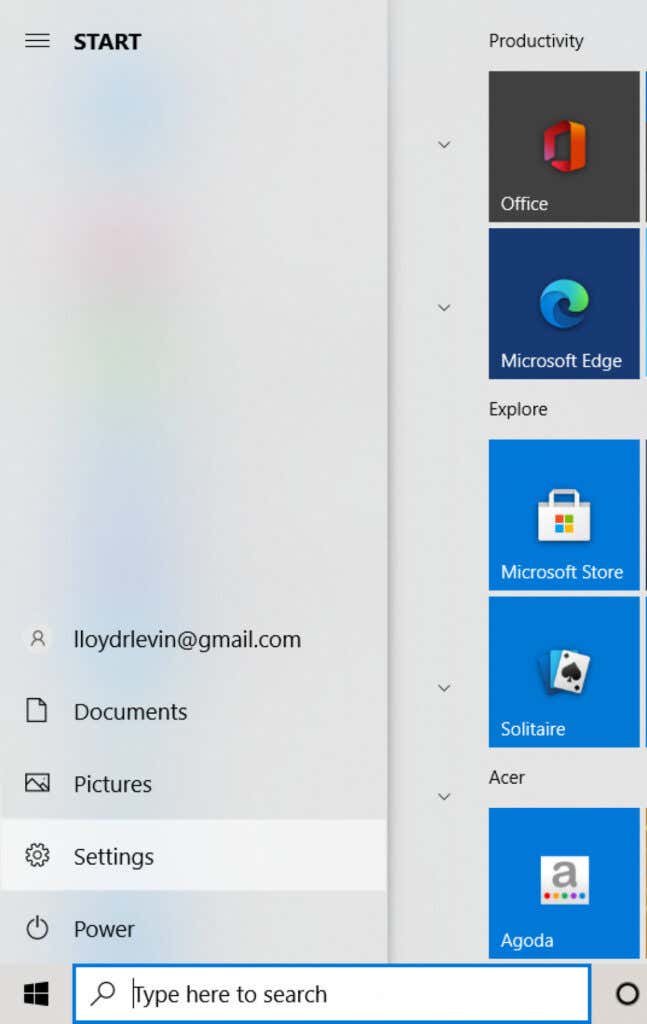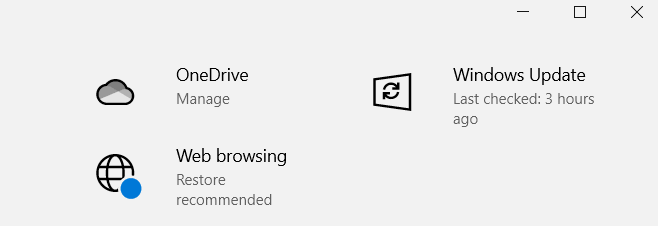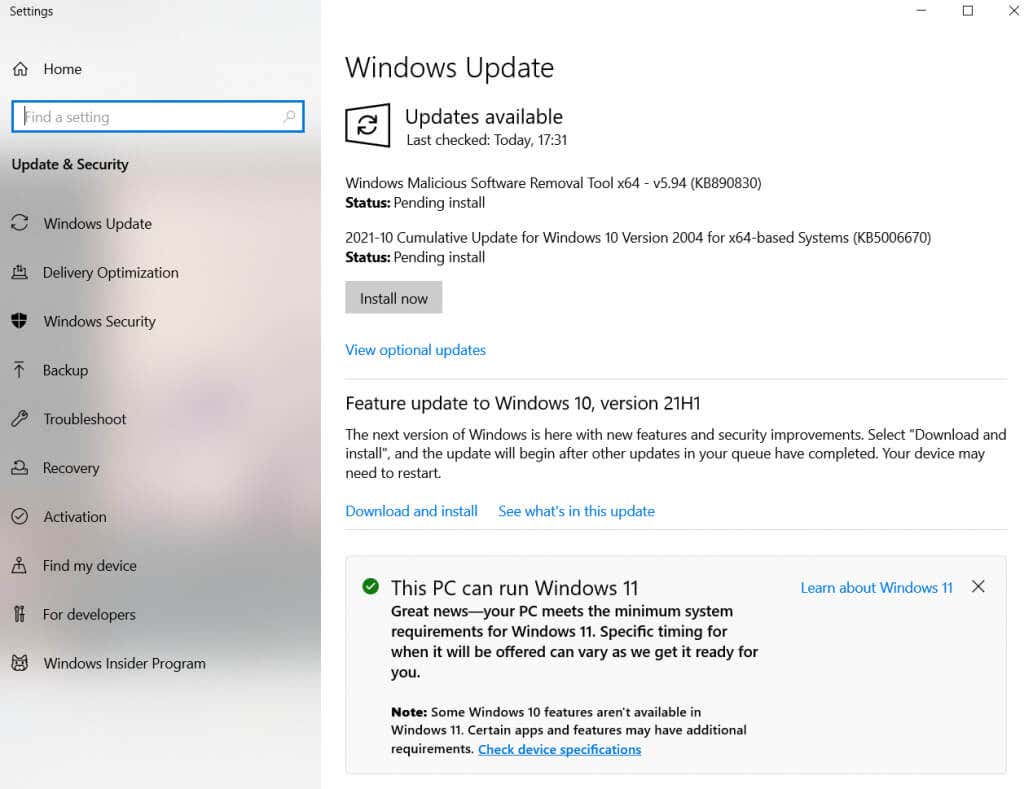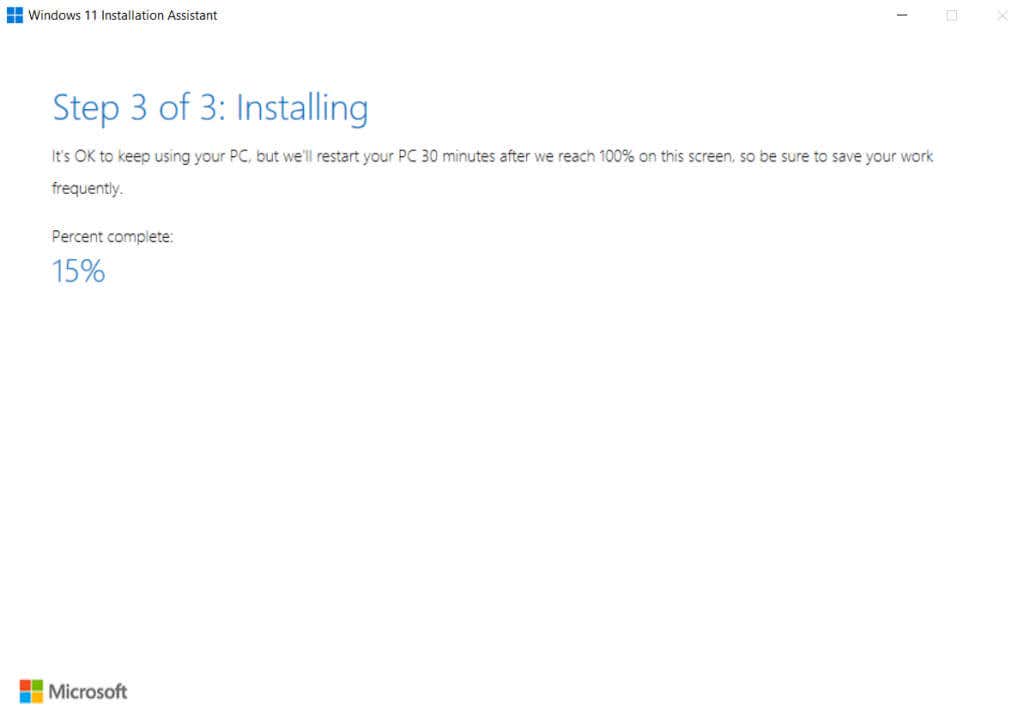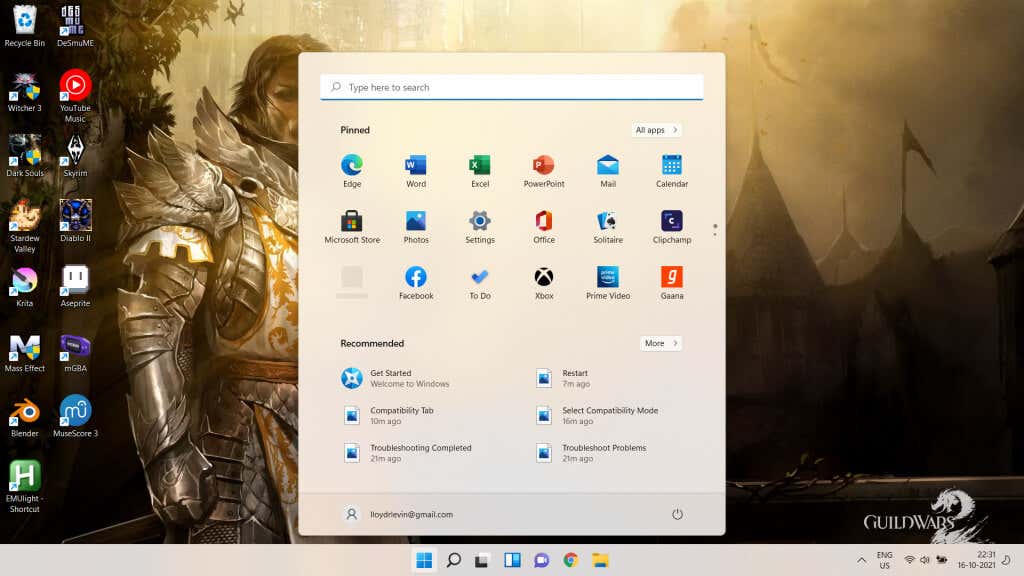While eventually all eligible systems will be given the option to upgrade, as of now the automatic update route is open to very few computers. There are other ways, of course, but they usually involve performing a clean install, wiping out all existing data from your drive. So is there any way to install Windows 11 on your PC, without losing all of your data in the process? Yes. Thanks to the Windows Installation Assistant, you can do just that. Let’s see how.
A Brief Overview of Windows 11 Installation Methods
The most common way of installing Windows 11 on a computer is through a bootable USB drive. You can create such a drive using a tool offered by Microsoft, or by downloading an ISO image file. The issue with this route is that it requires an empty disk (or at least, a partition) to install. This means losing some of your data. Even if you manage to limit the fallout to a single partition on your hard drive, you will usually need to reinstall the applications, which can be a hassle in itself. Not to mention getting hold of the OEM drivers. If you want to upgrade to Windows 11 without losing a single file or app, you need to try a different method. Either you must wait for the download to be available over Windows Update, or you use the Installation Assistant. In this guide, we’ll demonstrate the second method.
How to Check if Your PC Can Support Windows 11
To install Windows 11 on your PC, you must first verify that it meets the system requirements. The new version of Microsoft’s operating system comes with some strict minimum specifications, and many old computers don’t meet this criterion. Earlier, you had to download external programs or use other roundabout ways to check whether your PC was compatible with Windows 11. But with the official launch of the operating system, you can use a far easier method.
How Can I Upgrade from Windows 10 to Windows 11 Without Data Loss?
Currently, the only guaranteed method to install Windows 11 on your computer without performing a fresh install is by using the Installation Assistant. This tool from Microsoft acts as an update, transforming your existing Windows installation to the newer version without affecting any of the files or applications. Apart from the new layout of the taskbar and the Start Menu, Windows 11 changes the look of the File Explorer as well, along with a bunch of built-in tools and apps. It also streamlines the performance of the operating system itself, allowing the system to boot faster and work much more smoothly.
What Is the Best Method to Install Windows 11?
Using Microsoft’s Installation Assistant to upgrade your existing Windows installation to the next version is the easiest way to get Windows 11. Never before has installing Windows 11 been so painless. You get to keep all of your files and installed applications while updating your operating system to the latest version. The process is surprisingly quick as well, finishing up in about an hour and a half, depending on your internet speed and RAM capacity. And as most of the Windows 11 installation takes place in the background, you can keep using your computer during that time. Only a few minutes of setup are required during booting up, saving a lot of time that would otherwise be wasted staring at a bootup screen.
